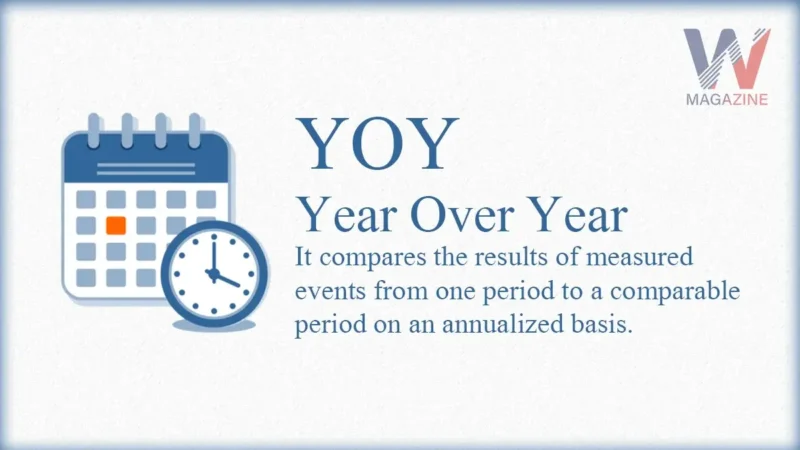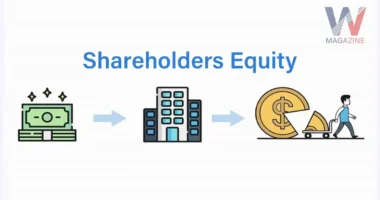Table of Contents
What is the Year-Over-Year (YOY)?
Year-over-year (YOY), also known as year-on-year, is a common financial comparison method used to analyze two or more measurable events annually. It helps assess whether a company’s financial performance is getting better, staying the same, or getting worse. For instance, you might see in financial reports that a certain business saw its revenues rise in the third quarter, compared to the same quarter in the last three years.
Key Takeaways
- Year-over-year (YOY) compares the results of measured events from one period to a comparable period on an annualized basis.
- YOY comparisons are popular and effective for evaluating a company’s financial performance.
- Investors use YOY reporting to assess a company’s financial performance.
Understanding Year-Over-Year Growth
Year-over-year growth compares a company’s recent financial performance with its numbers from the same month one year earlier. This comparison is considered more informative than a month-to-month comparison, which often reflects seasonal trends.
Common YOY comparisons include annual, quarterly, and monthly performance.
Benefits of YOY
YOY measurements allow for the cross-comparison of data sets. For example, when analyzing a company’s first-quarter revenue using YOY data, a financial analyst or investor can compare years of first-quarter revenue data to quickly determine if a company’s revenue is increasing or decreasing.
For instance, in the first quarter of 2021, Coca-Cola reported a 5% increase in net revenues over the first quarter of the previous year. This comparison enables accurate comparisons despite seasonal consumer behavior.
Reasoning Behind YOY
YOY comparisons are popular for analyzing a company’s performance because they help mitigate the impact of seasonality, which can significantly influence most businesses. Sales, profits, and other financial metrics vary during different periods of the year due to peak and low demand seasons.
For example, retailers experience peak demand during the holiday shopping season, which falls in the fourth quarter of the year. To accurately assess a company’s performance, it’s logical to compare revenue and profits YOY.
Comparing the fourth-quarter performance in one year to the fourth-quarter performance in other years provides a more accurate representation of growth, rather than comparing it to the previous quarter or the following first quarter, which might be influenced by seasonality.
Real-World Example
In a 2019 NASDAQ report, Kellogg Company released mixed results for the fourth quarter of 2018, revealing that its YOY earnings continued to decline despite increased sales following corporate acquisitions. Kellogg predicted a further 5% to 7% drop in adjusted earnings in 2019 as it invested in alternate channels and pack formats.
Despite the decreasing YOY earnings, Kellogg’s solid presence and responsiveness to consumer trends kept its overall outlook favorable.
Our list of the best business podcasts will provide you with priceless insights if you’re an entrepreneur looking to become an expert in growing, marketing and scaling your business.
FAQs
What Is YOY Used For?
YOY is used to compare one time period with the same period one year earlier, providing an annualized comparison. For example, it can compare third-quarter earnings this year with third-quarter earnings the previous year. It is commonly used to compare a company’s growth in profits or revenue, and it can also describe yearly changes in an economy’s money supply, gross domestic product (GDP), and other economic measurements.
How Is YOY Calculated?
YOY calculations are simple and typically expressed as a percentage. To calculate YOY:
Divide the current year’s value by the prior year’s value and subtract one: (this year) ÷ (last year) – 1.
What’s the Difference Between YOY & YTD?
YOY looks at a 12-month change, comparing the current period with the same period in the previous year. Year-to-date (YTD) looks at changes relative to the beginning of the year (usually Jan. 1). YTD provides a running total, while YOY offers a point of comparison.
What If I Am Interested in Comparisons for Less Than a Year?
For comparisons over shorter periods, you can compute month-over-month or quarter-over-quarter (Q/Q) in a similar way to YOY. You can choose any time frame you desire for these comparisons.









